Clamping and Cutting the Umbilical Cord

Immediate cord clamping and cutting
* Typically performed prior to the birth of the placenta.
* Typically performed prior to the cord having pumped all the essential oxygen rich blood and nutrients to the baby
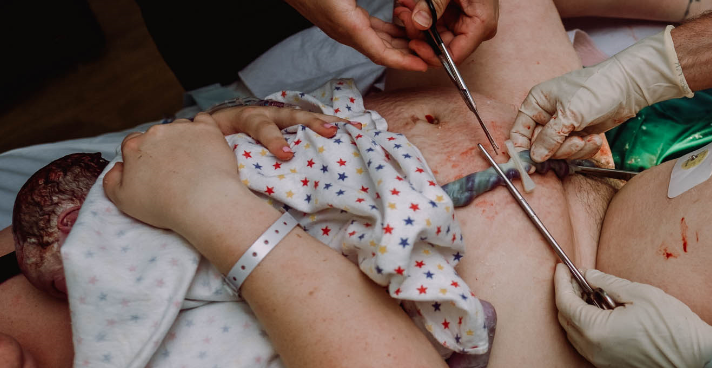
Delayed Cord Clamping and cutting
* Typically when it is still blue and pumping oxygen rick blood and nutrients to your baby
* Typically prior to the birth of your placenta
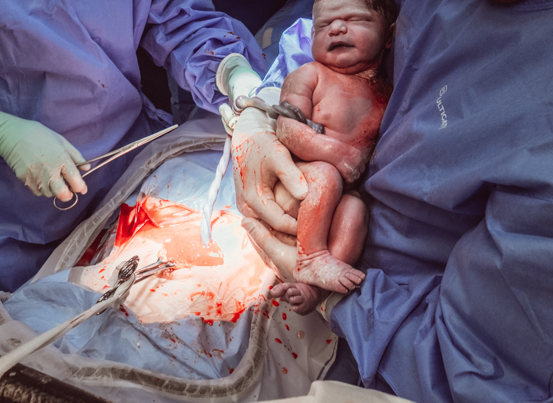
Caesarean Birth:
* It is possible in a Caesarean Birth that delayed cord clamping occur
* It is possible in a Caesarean Birth that Lotus Birth is practised and preserved.
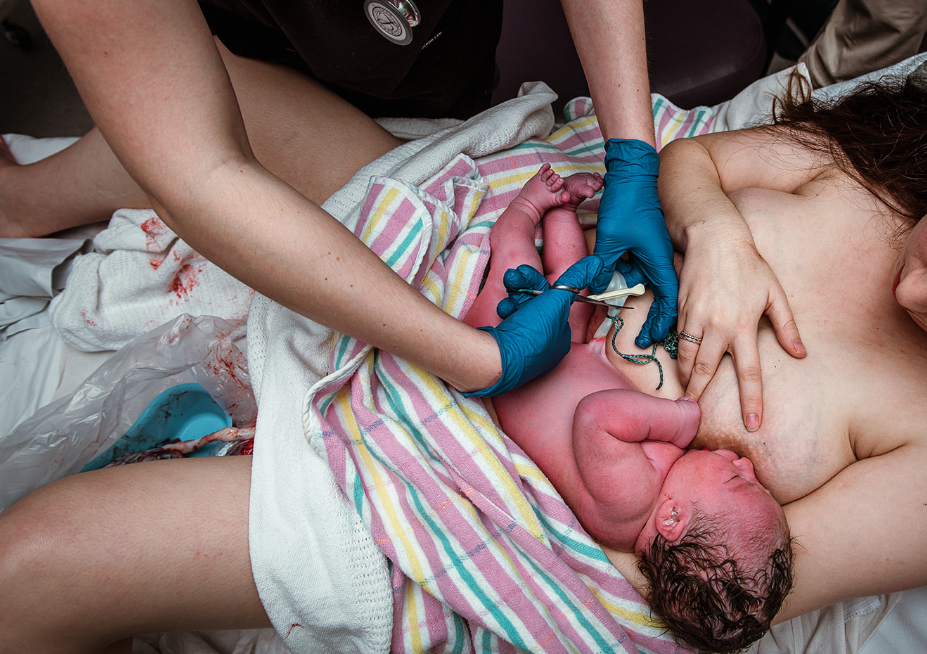
Maternally Requested Cord Clamping and Cutting
Considering who you would like to clamp and cut the cord and when this is done is important for some families.
There is power in requesting the time in which you are ready to separate your baby from their placenta. In most settings the suggestion will be made to you, however, you can say not now if you’re not feeling ready and request it be done later. If all is well with you had your baby there is no rush for this to take place.
As your birth unfolds you may make different decisions along the way to what you had originally thought you would want, need or prefer. You may feel restricted by the length of the umbilical cord and unable to bring your baby to your chest to fully immerse yourself in the Golden hour, or have challenges with releasing your placenta due to interventions or interruptions. Whatever the situation your experience of time will be greatly different to those around you that are specifically task driven. Slowing everything down post birth of your baby is typically beneficial to mother and baby who are transitioning together.
Slowing down this precious time to connect deeply with your baby and body is important for many new families.
You may also wish to clamp the cord with the hospital provided plastic clamp or find an alternative with a crochet cord tie ( see link below)
You may also choose to cot the cord with the sterile scissors provided by your midwife or chose ‘cord burning’ (see link below)
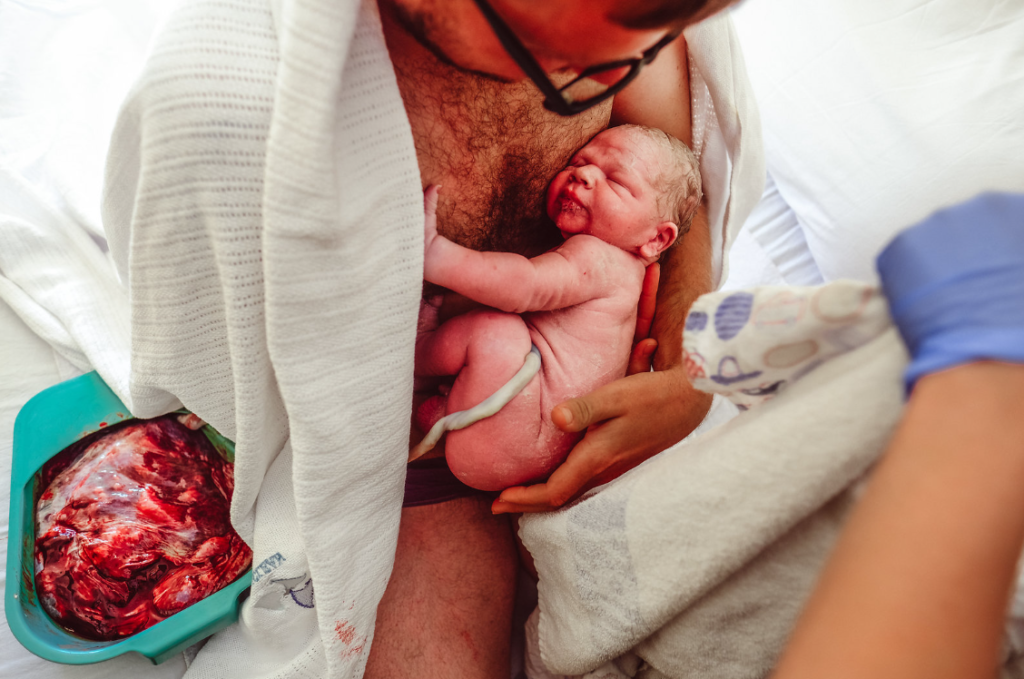
Wait For White
* Typically after the birth of your placenta
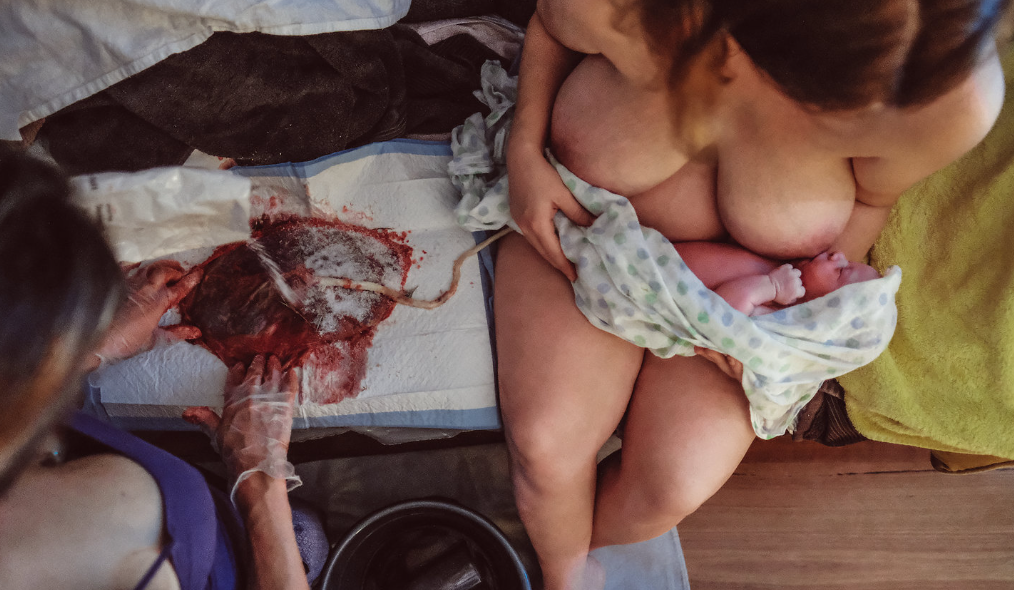
Lotus Birth
When the baby is born, leave the umbilical cord intact. If the cord is around the baby’s neck, simply lift it over.
• Wait for the natural delivery of the placenta. Do not use oxytocin – this forces too much too soon into the infant and compromises the placenta delivery.
• When the placenta delivers, place it into a receiving bowl beside the mother.
• Wait for full transfusion of the umbilical blood into the baby before handling the placenta.
• Gently wash the placenta with warm water and pat dry.
• Place the placenta into a sieve or colander for 24 hrs to allow drainage.
• Wrap the placenta in absorbent material, a nappy or cloth and put in into a placenta bag. The covering is changed daily or more often if seepage occurs. Alternatively, the placenta may be laid on a bed of sea salt (which is changed daily) and liberally covered with salt.
• The baby is held and fed as the mother wishes.
• The baby is clothed loosely.
• The baby can be bathed as usual – keep the placenta with it.
• Keep movement to a minimum. (exert taken from LotusBirth.net – see link below )
Further Reading
LOTUS BIRTH: The practice of leaving the umbilical cord uncut the continuum in the development and unfolding of the human organism https://www.lotusbirth.net/
